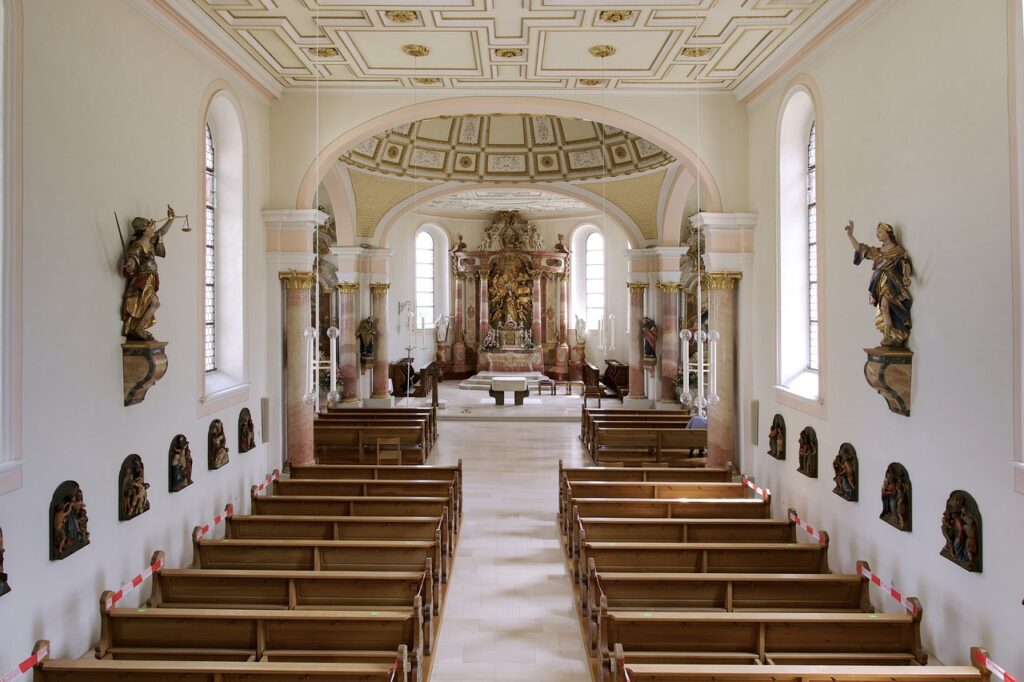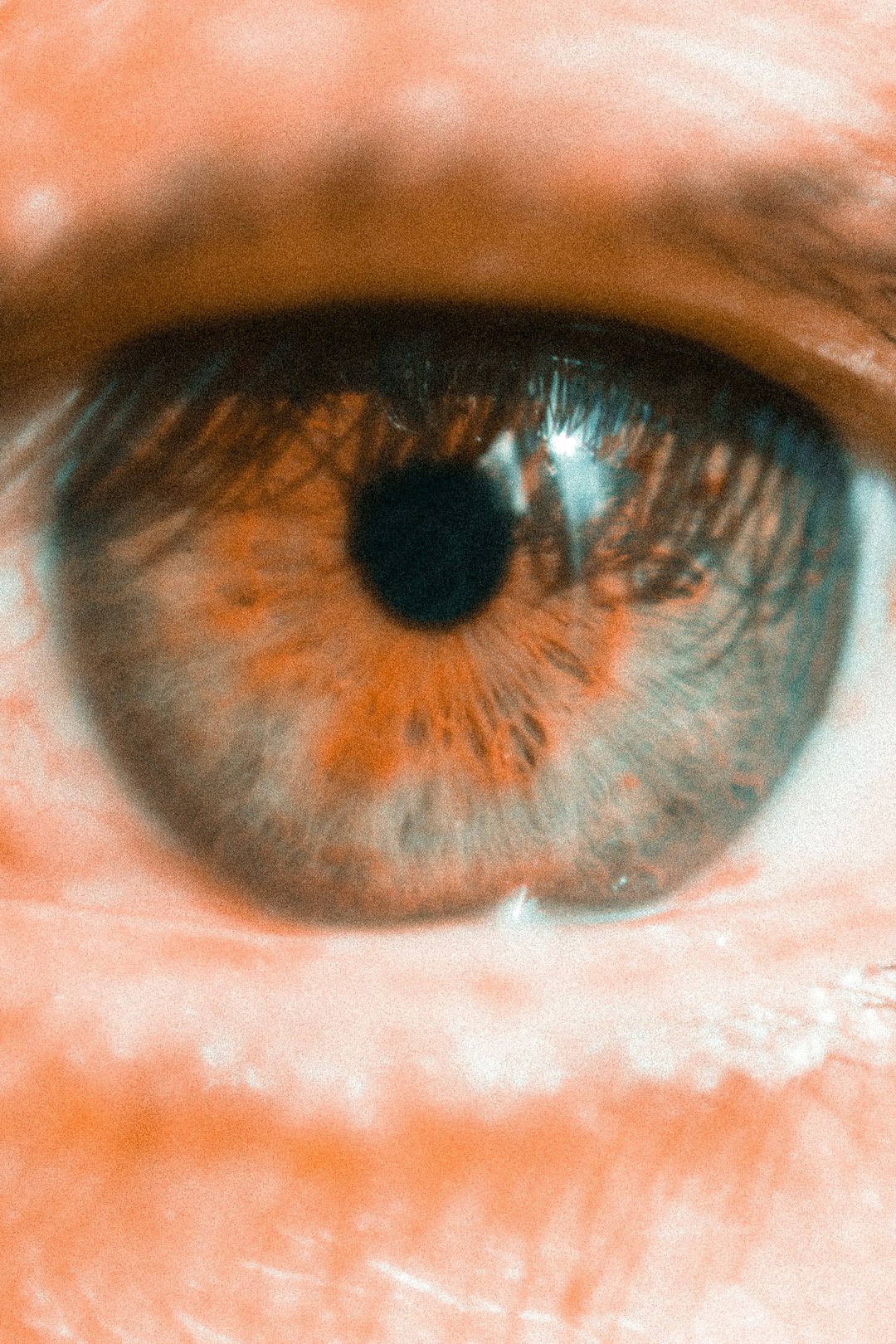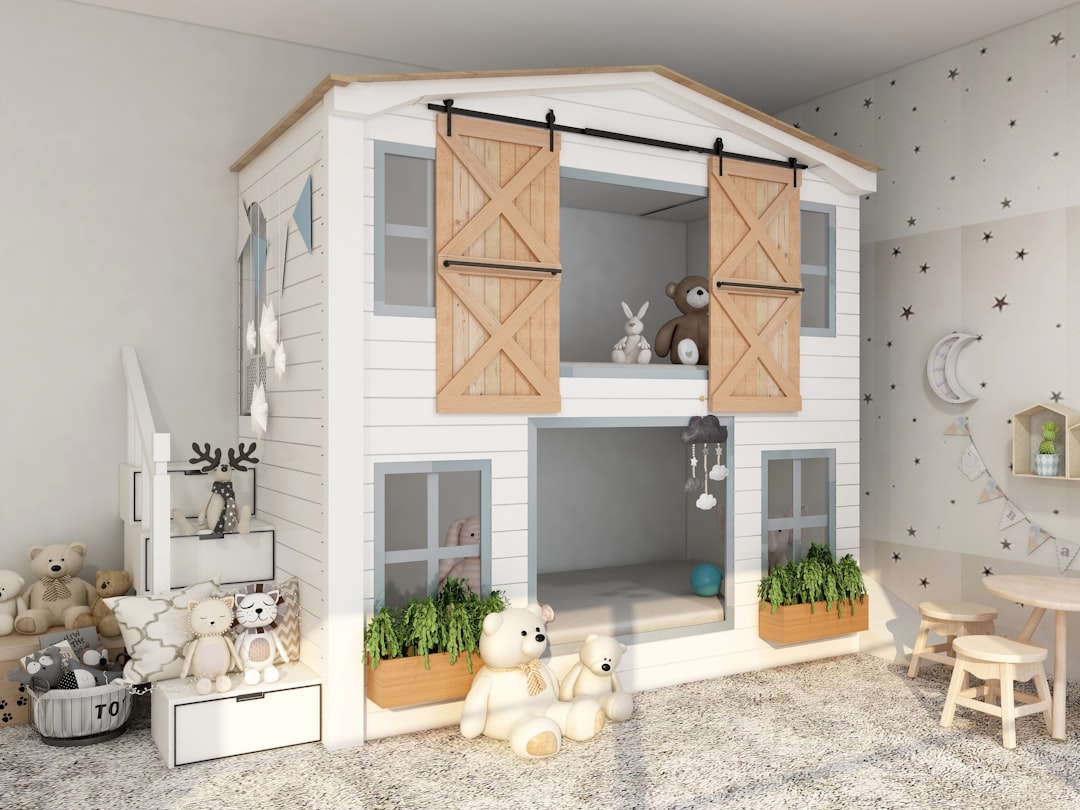Lighting plays a crucial role in creating a welcoming and comforting environment for all members of a congregation. While churches can be dimly lit for traditional or cultural reasons, proper church lighting is essential in helping people focus on the service and creating a comfortable atmosphere.
Inappropriate lighting can be distracting and inconvenient for churchgoers. Harsh lighting can cause glare or eye strain, while low lighting makes it hard to see hymnals, Bibles, or other informational materials. Therefore, it is essential that lighting fixtures and bulbs be chosen wisely.
Most old church buildings were not built with proper lighting in mind, so retrofitting is necessary. This is especially important if your congregation’s demographics have shifted, warranting more appropriate lighting. In addition, retrofitting does not always mean that everything should be replaced. Sometimes, simply updating the bulbs can help achieve optimal brightness levels.
The most common form of lighting used in churches are fluorescent tubes. While fluorescent lights are long-lasting and cost-effective, they are not beneficial for creating an inviting atmosphere. These bulbs do not render colors accurately, and they have a cold and uninviting aesthetic to them. Instead, many modern churches opt for LED lighting. LEDs have significant advantages over fluorescent bulbs, including a more authentic richness to colors and warmer temperature output.
In smaller churches, natural light is often the preferred source of illumination. Natural light is free, and it makes surrounding architecture and stained-glass windows more vibrant. In addition, natural light is known to instill positive emotions and improve overall mood, which is why it is important to consider the placement of windows when building a new church. Installation of skylights or using translucent doors can help to maximize the amount of natural light in the sanctuary.
Another consideration when lighting the church is controlling the lighting during services or ceremonies. While dimming the lights can create a sense of intimacy, it is essential that the drapes and shades are capable of completely blocking out natural light when needed. This is especially true if there are multiple services housed in the church.
Finally, lighting should be considered when redesigning or remodeling a church. All parts of the building should be illuminated in a balanced manner, so that no area is too dim or bright. Places like the pulpit, choir loft, and congregation seating areas all require different lighting schemes and lighting functionality so that the services are presented in the best light possible.
Church lighting has a significant psychological and emotional effect on the members of the congregation. Proper lighting is essential to creating an inviting and welcoming environment and ensuring that everyone can see and engage comfortably during services. When designing or retrofitting a church’s lighting, the color rendering and optimal brightness levels of the bulbs should be considered. Other factors such as use of natural light and proper installation of shades should also be considered. By considering all these lighting options, a church can create a comfortable environment that promotes both visibility and positive emotions during worship.





